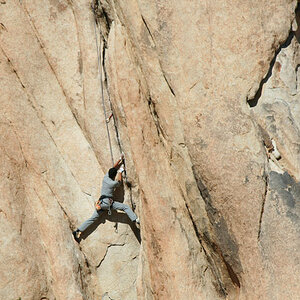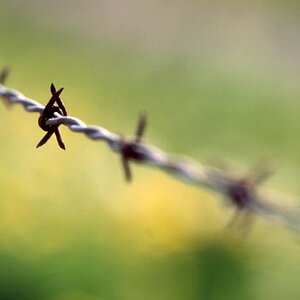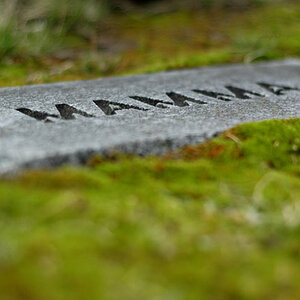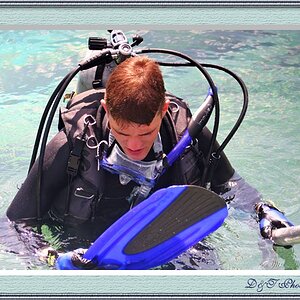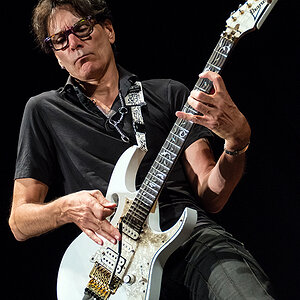raptorman
TPF Noob!
- Joined
- Apr 17, 2009
- Messages
- 47
- Reaction score
- 0
- Can others edit my Photos
- Photos OK to edit
If something is a trademarked or copyrighted work (such as, believe it or not, the Eiffel Tower), you may not use a picture taken of the item for commercial purpose without a signed release from the trademark holder.
In your barn/horse situation... you're totally fine. Again, I'm not a lawyer, but I wouldn't think TWICE about selling anything from such a collection and I'd laugh my ass off at anyone who got weird and decided to sue me, and that's after getting over the shock of even having an image that warranted enough attention to have some random person notice I snapped a shot of their barn.
Seriously. Don't worry about it.
Some nitpicking, but the Eiffel Tower is not copyrighted anymore, the copyright expired 70 years after the death of the author. The problem right now is the lighting display that's copyrighted.
More important is that in several European countries (France, Italy, Belgium...) most buildings are copyrighted and you just can't take pictures of them and use them for commercial purposes without permission of the copyrightholder. It doesn't matter whether it is a barn in the countryside or a famous building. Almost all copyrightholders don't care and sueing will never cross their mind. You might just happen to take a picture though of a building where the copyright belongs to someone sue-happy like (the successors of) Andre Waterkeyn (Atomium) and then you have a problem as you'll most likely lose the case.



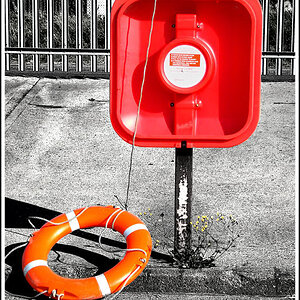
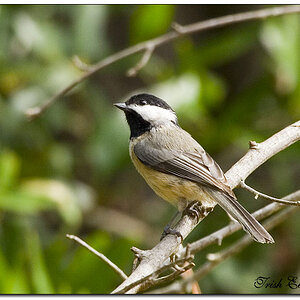
![[No title]](/data/xfmg/thumbnail/39/39182-efc21fe87c9b5f9b2fa9ab0f8f01c205.jpg?1619738903)
